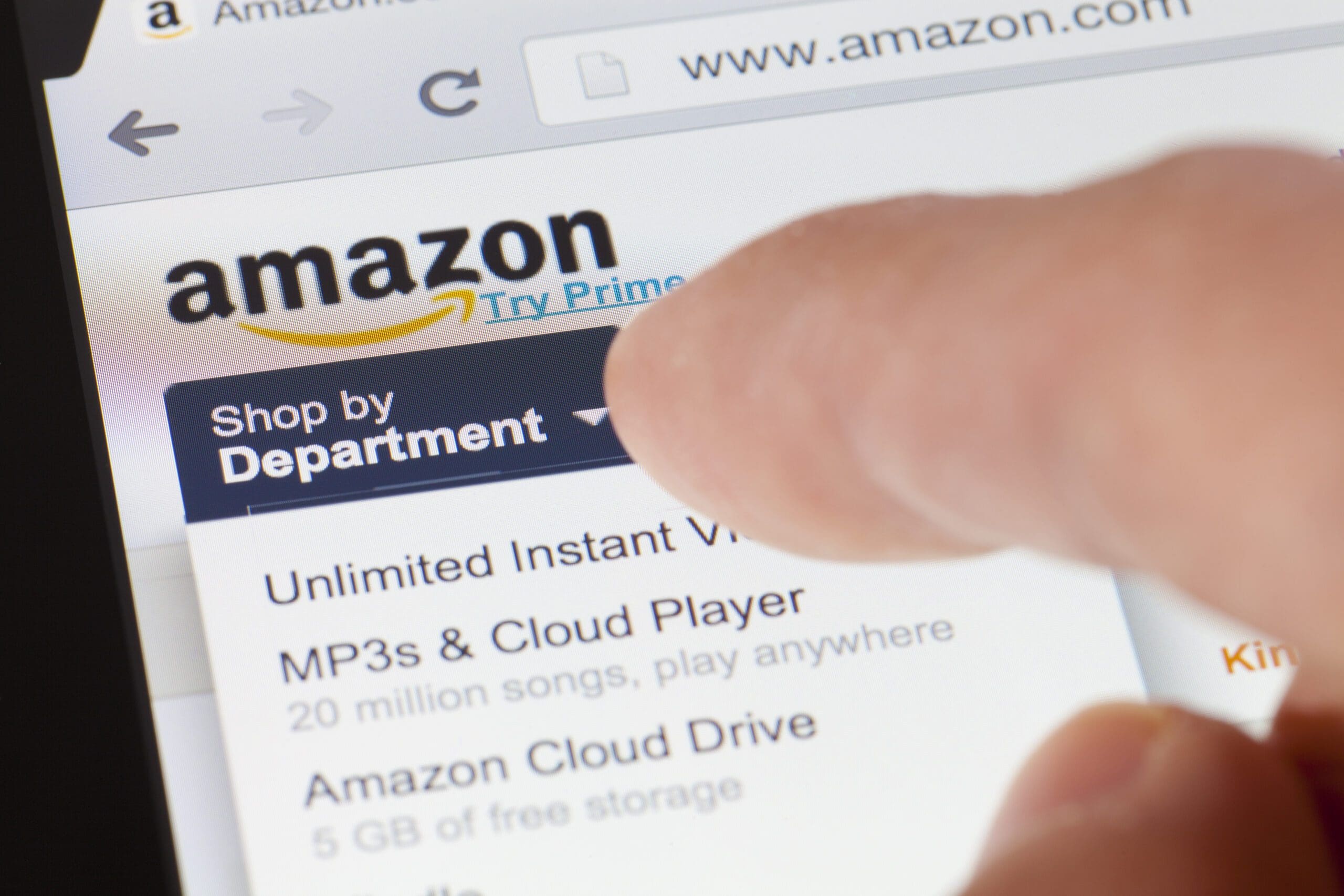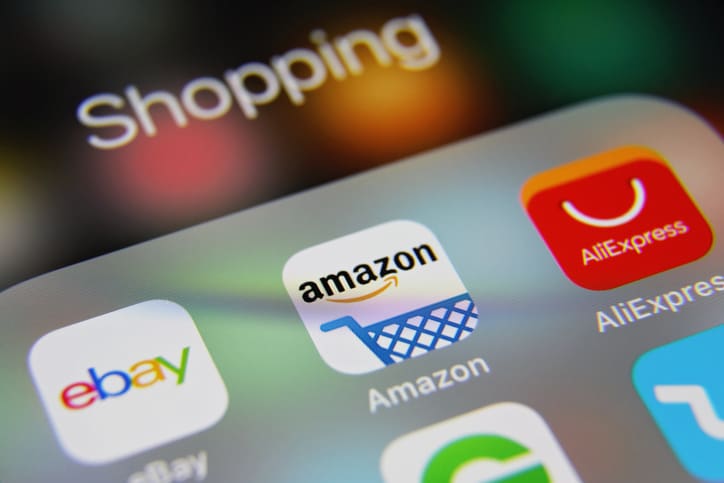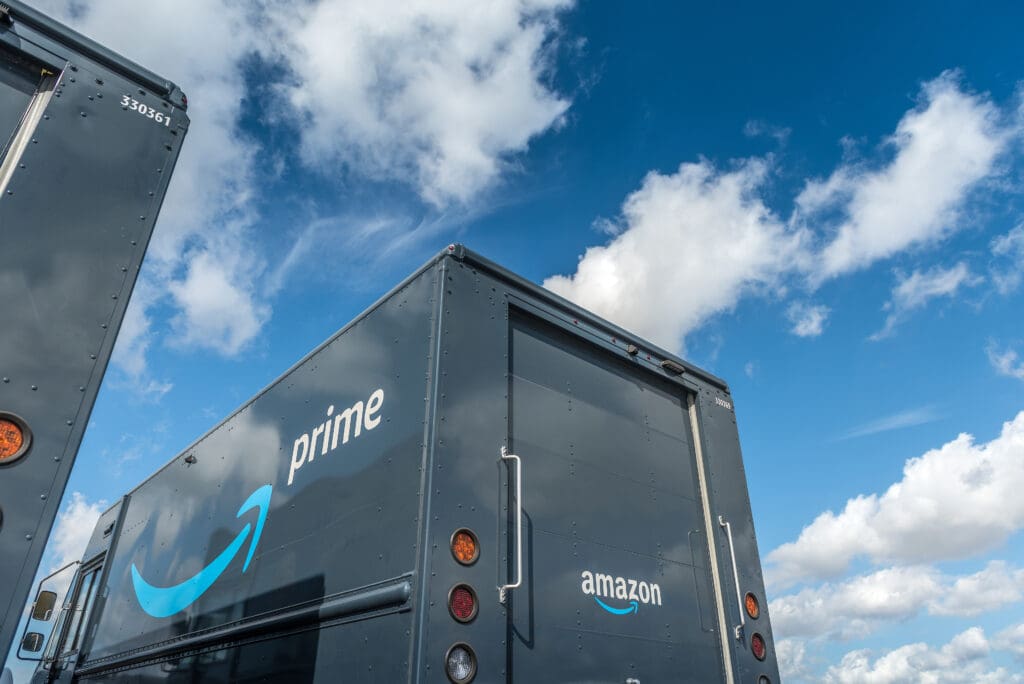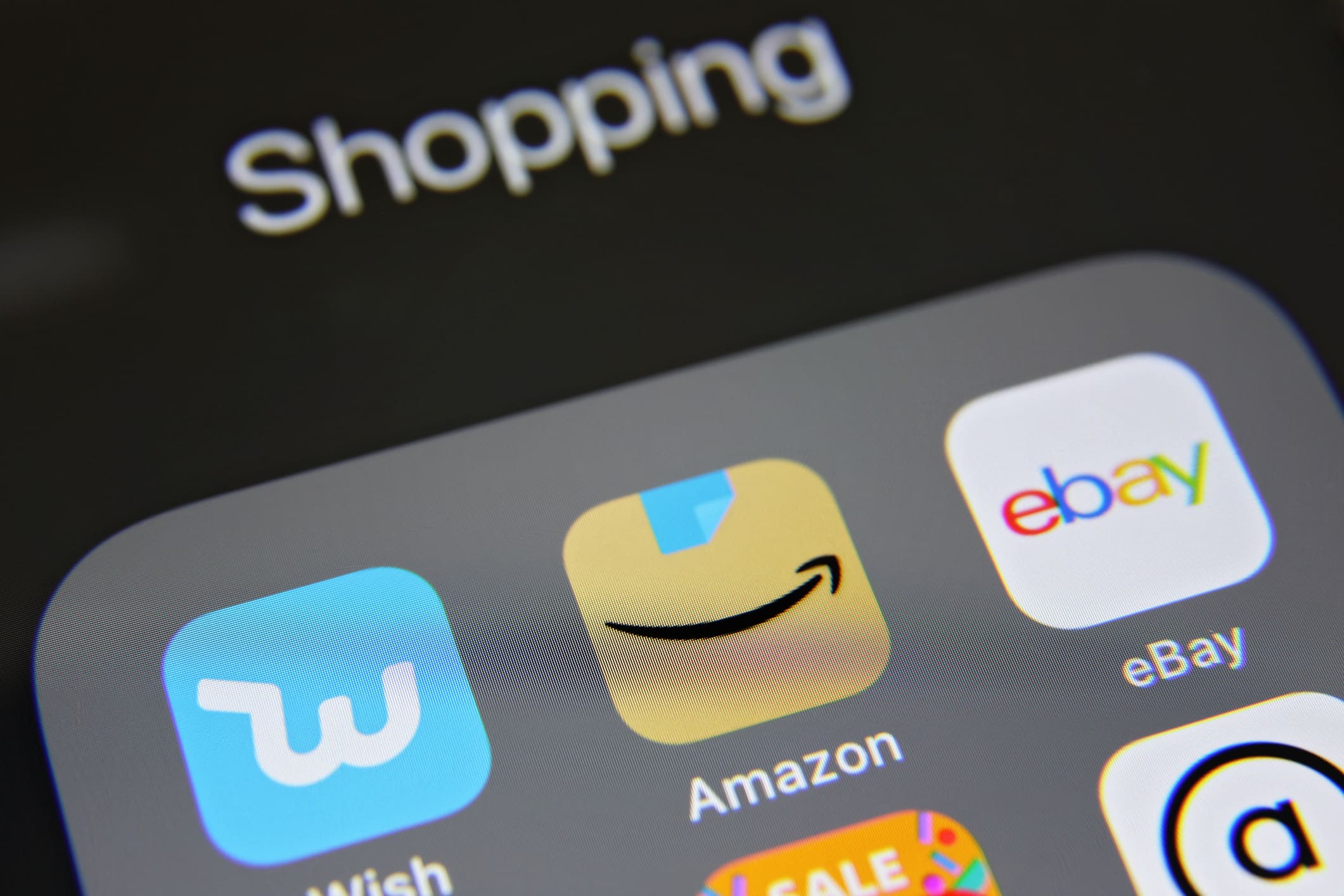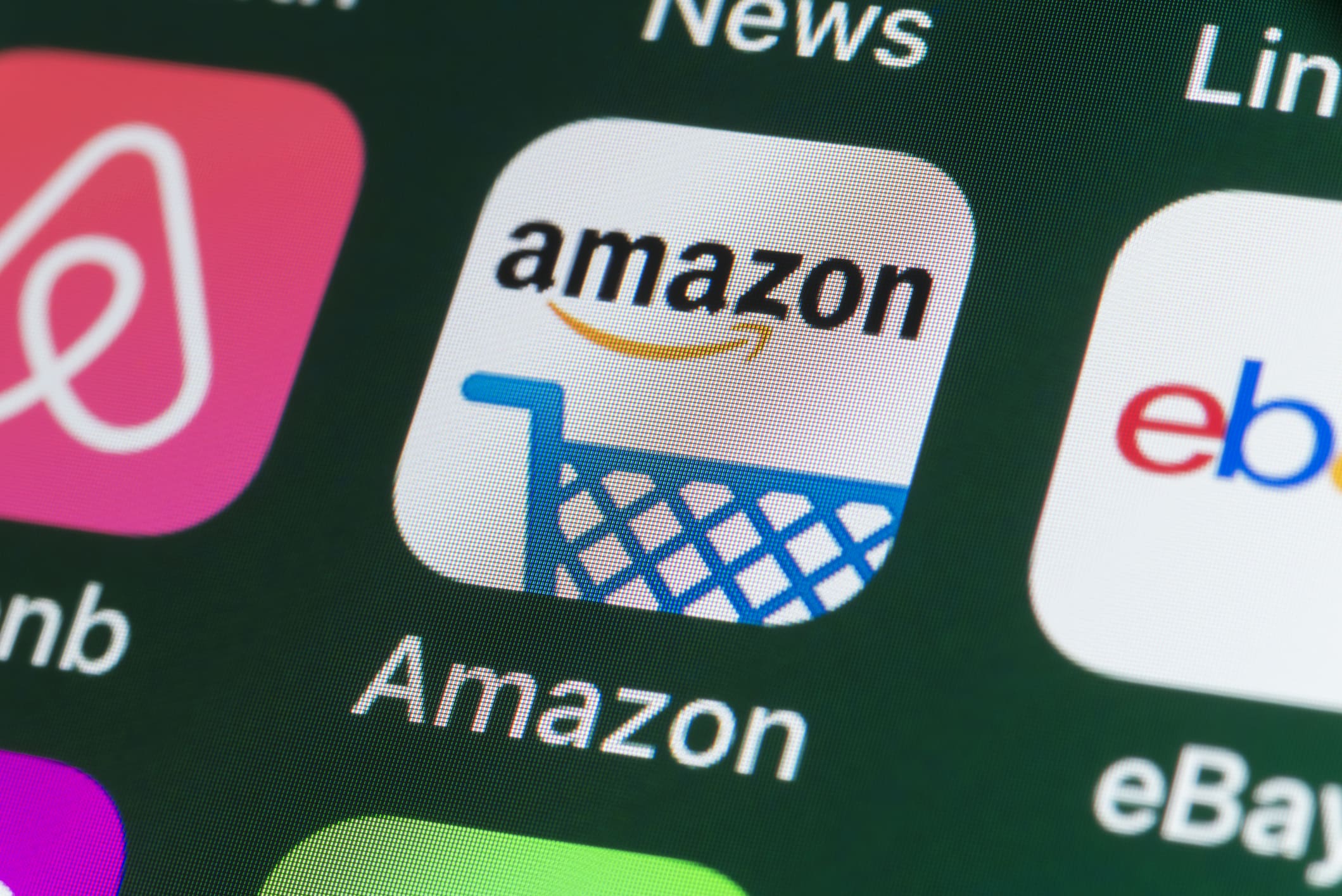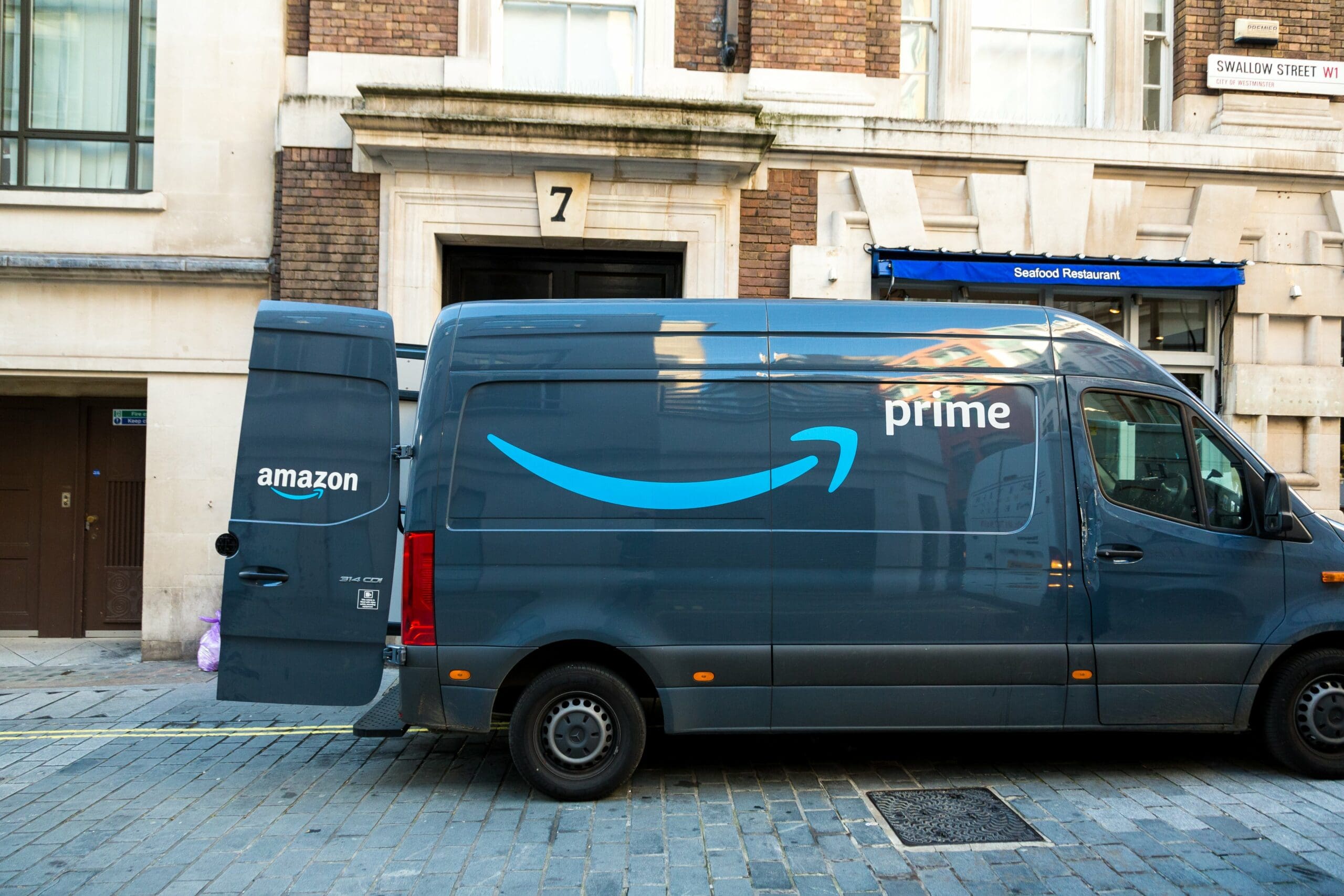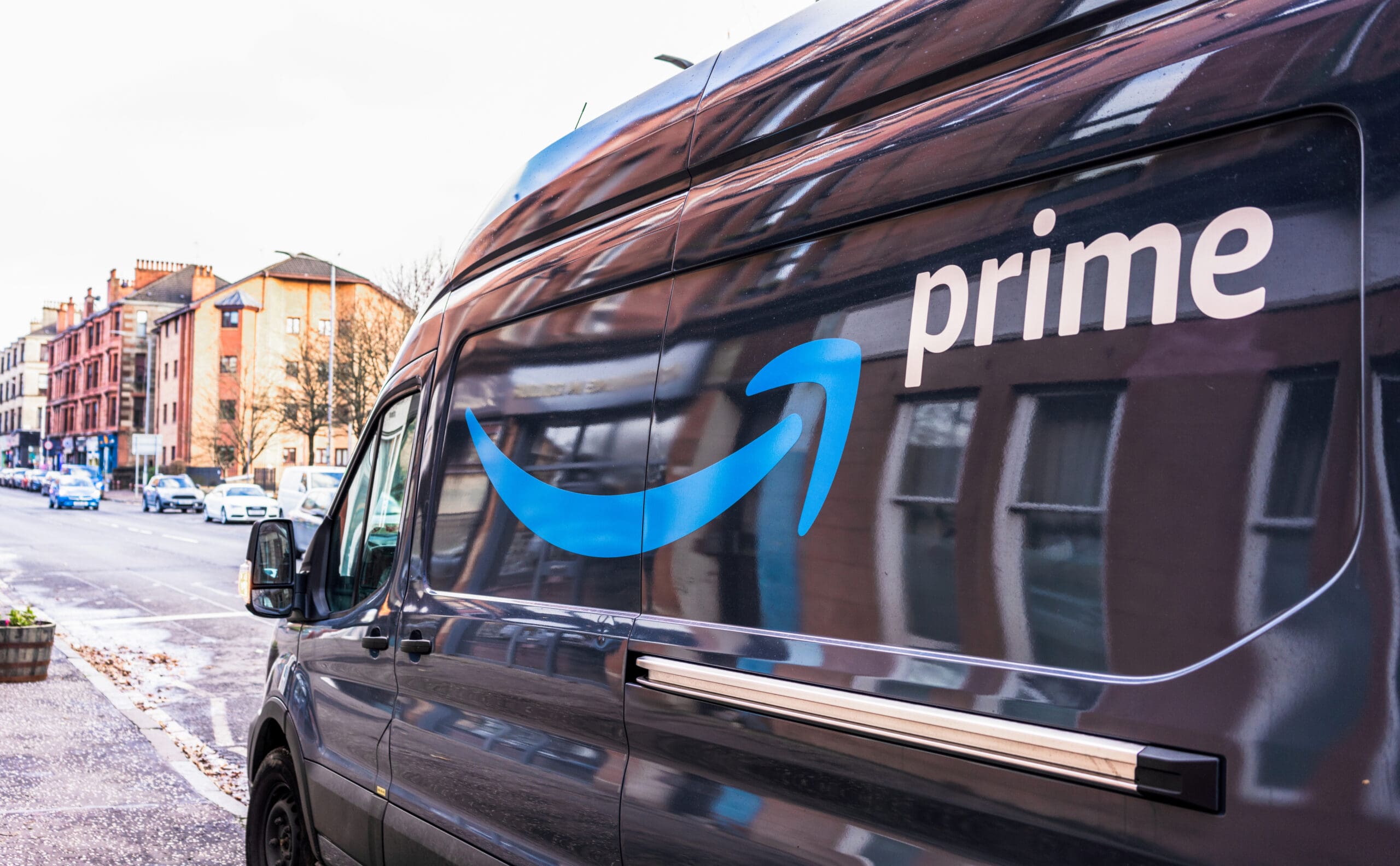How much does it cost to sell on Amazon? While you may be tired of hearing that the cost to sell on Amazon varies, it’s true. Amazon selling costs can vary depending on the price of the product, how it’s fulfilled, whether it’s advertised or not, and so on. Most seasoned Amazon sellers had to jump in and test the waters before becoming successful. With hard work and dedication, being successful on Amazon is completely achievable. For sellers that are just starting out we can help you understand the different costs you may encounter and how you can estimate them. So what does it cost to sell your product on Amazon? Let’s find out!
How much does it really cost to sell on Amazon?
Amazon provides a platform for sellers that is straightforward and convenient. However, in order to be successful selling on Amazon you should understand the ins and outs of the platform including the costs. Amazon sellers incur selling costs, referral fees, fulfillment fees, and other costs. While Amazon provides services such as FBA (Fulfillment by Amazon) that can save sellers tons of time, they do cost extra. In addition, there is plenty of competition on Amazon so you may need to invest in additional advertising to stand out. To get started on Amazon you’ll need to decide which selling plan is best for your business. Let’s take a look at some of the options and costs sellers may encounter when selling on Amazon. . .
#1. Choose a selling plan
An individual selling plan is recommended for sellers that sell fewer than 40 items per month. A professional selling plan is recommended for sellers that sell 40+ items per month. So what do the plans cost?
An individual selling plan has selling fees of $0.99 per item plus referral and variable closing fees. A professional plan has a monthly subscription fee of $39.99 plus referral and variable closing fees. The referral fee is exactly how it sounds, a referral fee paid to Amazon. Amazon referral fees are typically a percentage of the total item price. The Amazon variable closing fee usually depends on the category, it’s fixed for media products but can vary for non-media products.
#2. Choose shipping and fulfillment options
Amazon can either handle fulfillment for sellers or sellers can handle it in house. Neither option is free so sellers should really consider the pros and cons and time investment for each option. In some cases, FBA may save sellers time and money. However, sellers will have less control over costs and branding. FBA fees can vary depending on item weight, handling fees, pick and pack, and storage costs. Sellers that use FBA store products at an Amazon warehouse which is why storage costs are included in FBA costs. For sellers that choose to use FMB (Fulfillment by Merchant) there will still be picking, packing, and shipping costs. In addition, you will need to have a place to store your items. Amazon requires sellers that use FMB to follow all Amazon seller rules including providing tracking information, replying to customers within 24 hours, and shipping products within the promised time frame. Sellers that use FBM cannot sell via Amazon Prime. Amazon also offers a hybrid option known as SFP (Seller Fulfilled Prime) which allows the seller to store, pack, and ship their own items but list them as Prime.
#3. Choose advertising
Amazon offers advertising services. Amazon recommends that sellers begin with sponsored ads. Sponsored ads are pay-per-click and can fit into big and small budgets while producing results. Cost-per-click advertising allows sellers to set their own price i.e. how much are you willing to pay for someone to click on your product. However, sellers should keep in mind that how they manage their operations will result in how many sales they capture. As an Amazon seller you will want to occupy the buy box as often as possible. The buy box is a lesson on its own and may take time to master. We are mentioning it now to raise awareness. You may want to contact Amazon or an Amazon expert for assistance properly setting up your products and advertising.
What percentage does Amazon take from sellers?
Amazon takes a referral fee from sellers. This is how sellers contribute to Amazon’s profits. Because well, nothing can be free. Amazon charges a variety of fees but they also offer sellers a dream land for selling products. All sellers have to manage is the product really. Once you have mastered selling on Amazon, it should be smooth sailing. However, mastering Amazon can be quite a task. Luckily, there are a variety of ways sellers can manage the fees they pay out to Amazon. As far as referral fees, they usually vary based on the category of the product. Most Amazon referral fees range from 8% to 15% of the selling price.
Is it worth it to sell on Amazon?
Selling on Amazon is worth it for most sellers. It would take a significant time and money investment to create your own website that had as much traffic as Amazon. Once you learn how to work with Amazon, selling on Amazon should be easy money. Amazon holds over 49% of the market share for all U.S. e-commerce sales since 2018. Why compete with a player that large when you can join them?
How much money do I need to start selling on Amazon?
Some sellers can get started on Amazon with a few hundred dollars while other sellers may need thousands of dollars. How much money you’ll need to start selling on Amazon depends mainly on how much your inventory will cost. Jungle Scout recently did a study on how much Amazon sellers spent to get started and how their investment relates to their success. On average, Amazon sellers reported spending $3,836 to start their Amazon business. Their findings prove that investing more money getting started on Amazon does not always equate to making more money.
Grow your business with Kickfurther
If you are planning on selling on Amazon, you may need a way to finance inventory. Inventory financing can be expensive and difficult to qualify for in some cases. If you are getting frustrated trying to find affordable inventory financing, hear us out. Kickfurther takes a unique approach to crowdfunding that is designed to provide affordable inventory financing for businesses. In addition to being up to 30% cheaper than other options, Kickfurther does not make business owners give up equity. Instead, Kickfurther allows supporters or investors to purchase inventory on consignment. To get started, small businesses can create proposals including a time frame for producing goods, a specified rate of return, and a schedule for repayment. Depending on your expected cash flow, you can set the repayment schedule between 2-10 months. Kickfurther supporters are repaid in full plus dividends.
Wrapping Up
Amazon sellers need to ensure they have plenty of capital or alternative financing for inventory. With 800+ deals funded and a 99.5% success rate, we can help your business get the inventory financing it needs. We’ve created a community for business owners, fans, and supporters. When inventory sells, supporters get their money back. Business and supporters share a common goal with us which leverages success.
Grow your Amazon business today with inventory financing. . . apply online today!

